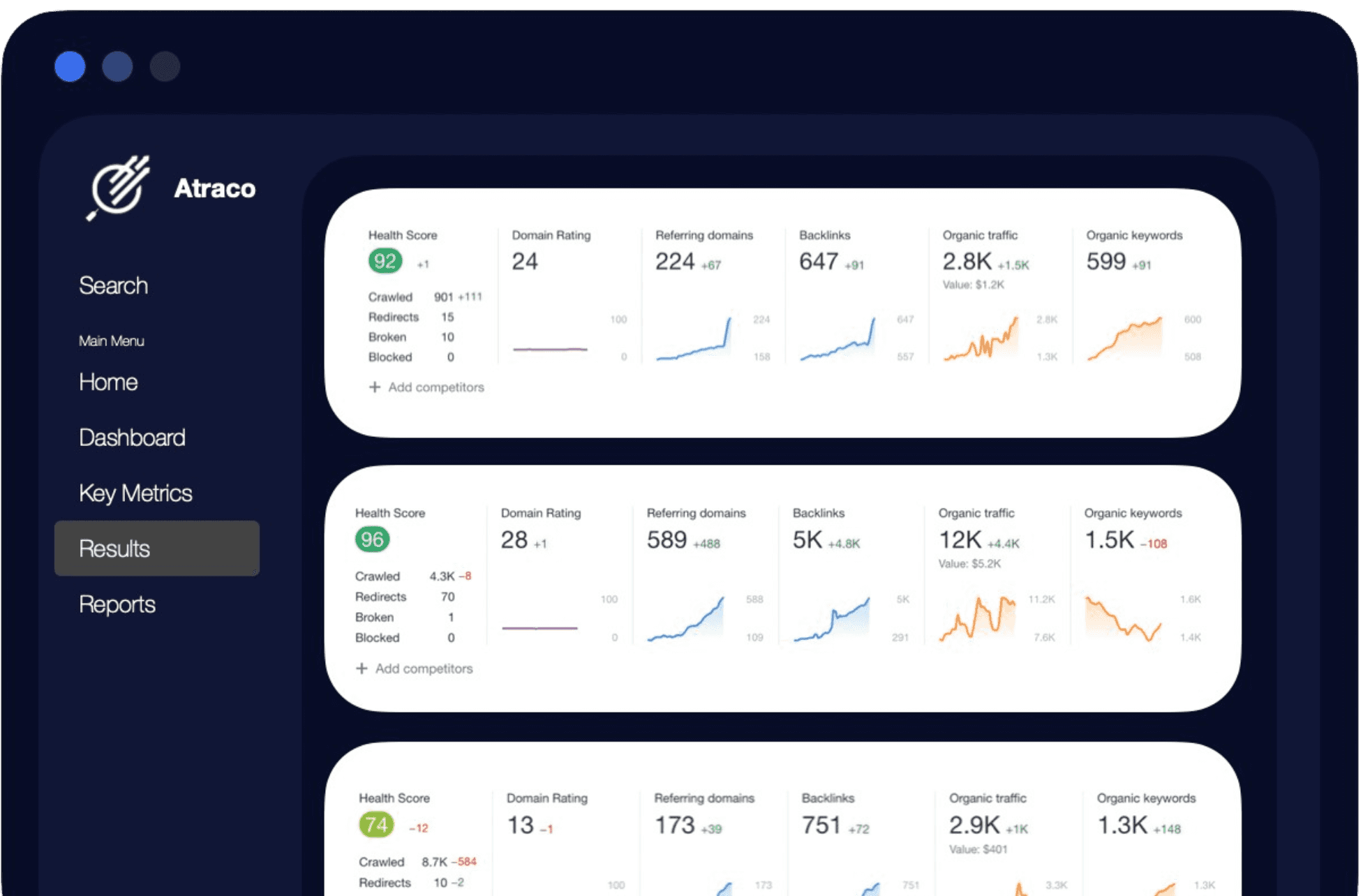SEO Elements
Released:
mandag den 1. januar 2024
Jakob Johansen
What does SEO entail?
SEO is a comprehensive process that involves several elements to improve a website's visibility in search engine results.
Here is an in-depth description of the various elements that are worked on when dealing with SEO:
1. Keyword Analysis
Keyword analysis is the foundation of any SEO strategy. It involves:
Identification of relevant keywords and phrases that your target audience uses.
Analysis of competition and search volume for these keywords.
Prioritization of keywords based on potential and relevance.
Pillar-Cluster Strategy
2. On-Page SEO
On-Page SEO is about optimizing content and HTML code on your web pages. This includes:
Title Tags and Meta Descriptions: Writing unique and relevant titles and meta descriptions for each page.
Headings (H1, H2, H3, etc.): Using headings to structure the content and include keywords.
URL Structure: Creating SEO-friendly URLs that contain keywords.
Content: Writing quality content that addresses user intent and includes keywords naturally.
Image Optimization: Using alt text and optimizing image sizes for faster loading.
Internal Links: Improving website structure by linking to related pages and posts.
3. Technical SEO & Off-Page SEO
Technical SEO focuses on backend optimizations that help search engines crawl and index your website effectively. This includes:
Sitemap: Creating and submitting an XML sitemap to search engines.
Robots.txt: Controlling which pages should be crawled.
Loading Speed: Optimizing the speed of the website.
Mobile-Friendliness: Ensuring that the website is responsive and performs well on mobile devices.
HTTPS: Securing the website with an SSL certificate.
Link Building: Acquiring backlinks from high-authority and relevant websites.
4. Local SEO
Local SEO is important for businesses looking to attract customers from their geographic area. This involves:
Google My Business Optimization: Completing and optimizing the GMB profile.
Local Citations: Consistent NAP (Name, Address, Phone Number) information across all local listings.
Reviews: Gathering and managing customer reviews.
5. Content
Content marketing is an integral part of SEO and involves creating and sharing valuable content. This includes:
Pillar-Cluster Posts: Regularly publishing blog posts that address the needs of the target audience.
Optimization: Optimizing content across the website
6. Analysis and Reporting
Ongoing analysis and reporting are crucial for understanding the effects of SEO efforts and making necessary adjustments. This includes:
Google Analytics: Monitoring traffic and user behavior.
Google Search Console: Monitoring website performance and resolving technical issues.
SEO Tools: Using tools like SEMrush, Ahrefs, and Moz to track rankings and backlinks.
And much more…
By working with these elements in SEO, we can help your business achieve better visibility, attract more organic traffic, and increase conversions. Contact us today to learn more about how we can assist you with your SEO strategy.
Should we send a free SEO analysis your way?
Let's do a potential analysis on your website!









